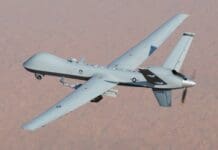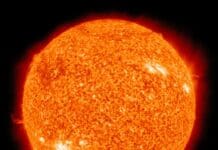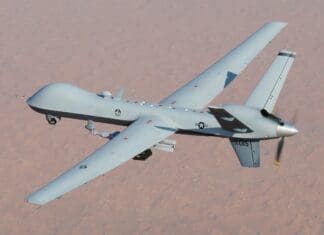This post is also available in:
 עברית (Hebrew)
עברית (Hebrew)
NASA announced it intends to take steps to understand unidentified anomalous phenomena (UAP, also referred to as UFO).
The space agency released mid-September the final report of how NASA resources (like data and research expertise) could be used to better understand UAP and support other work by federal government agencies.
The report concluded that NASA should play a prominent role in the effort to understand UAP by leveraging its extensive expertise to contribute to a comprehensive, evidence-based approach that is rooted in the scientific method. “We specifically recommend that NASA utilize its existing and planned Earth-observing assets to probe the local environmental conditions associated with UAP that are initially detected by other means,” stated the report.
David Spergel, an astrophysicist with the Simons Foundation who chaired the study, said that NASA always takes a scientific approach to systematic data collection, and noted that that approach is lacking with most UAP observations. The report also backed the use of artificial intelligence and machine learning technologies to analyze those data sets.
According to SpaceNews, NASA said it was still reviewing the report but did announce at the briefing that it had appointed Mark McInerney, who has held various roles at NASA, as the new director of UAP research.
Company officials did not provide an expected timeline for completing its review of the report and issuing formal responses to its recommendations, stating that they will be “following up as appropriate with additional actions, but, of course, we need additional time to fully ingest the recommendations and act on them.”
Officials at NASA said they wanted, with the new UAP efforts, to reduce the stigma surrounding the topic that may have caused people to be hesitant to share observations. They concluded by stating that they want to shift the conversation about UAPs from sensationalism to science.


























